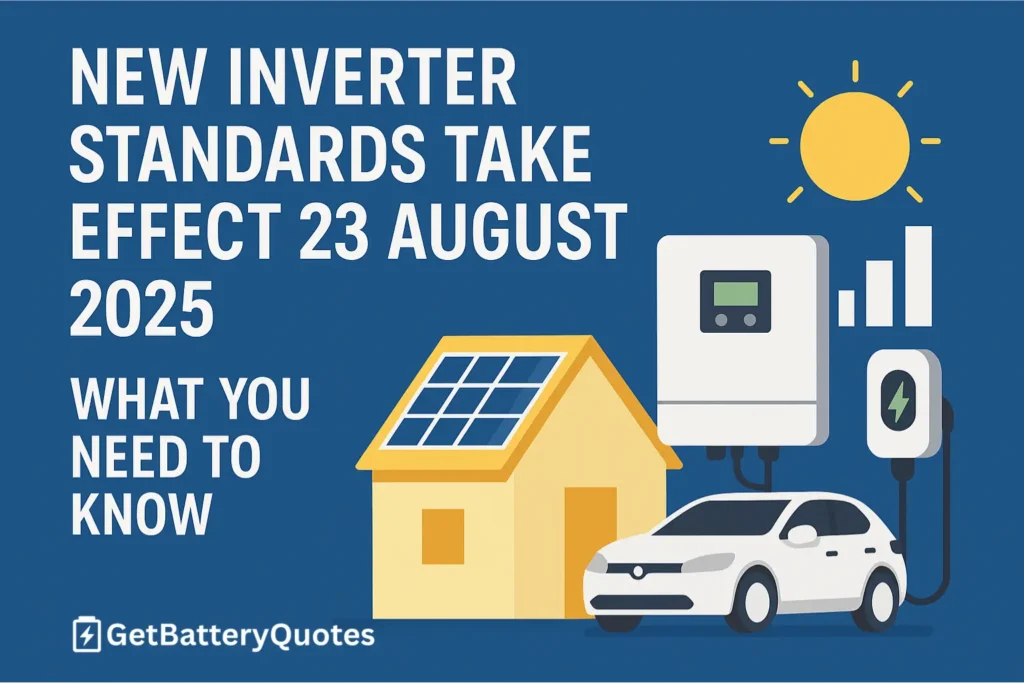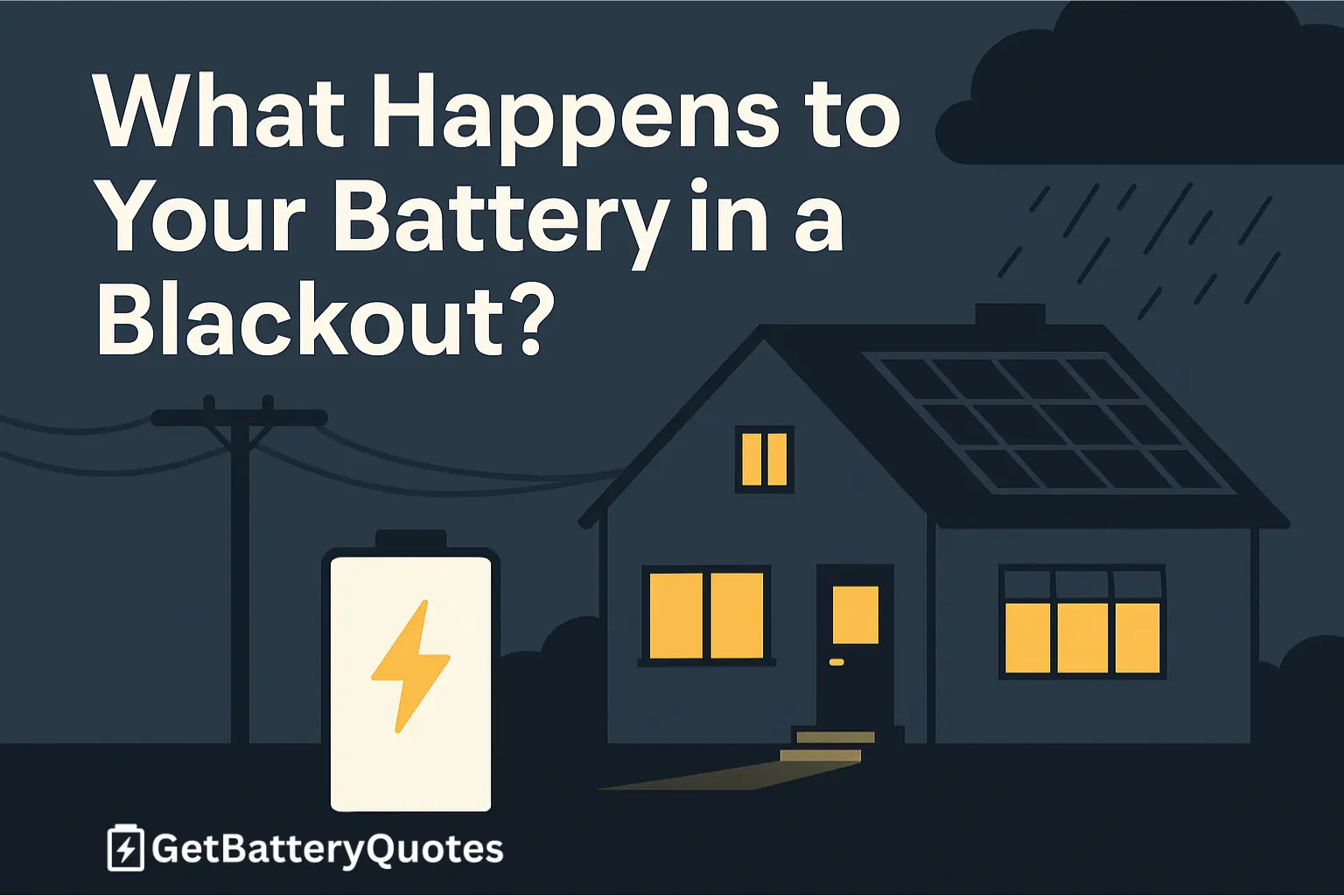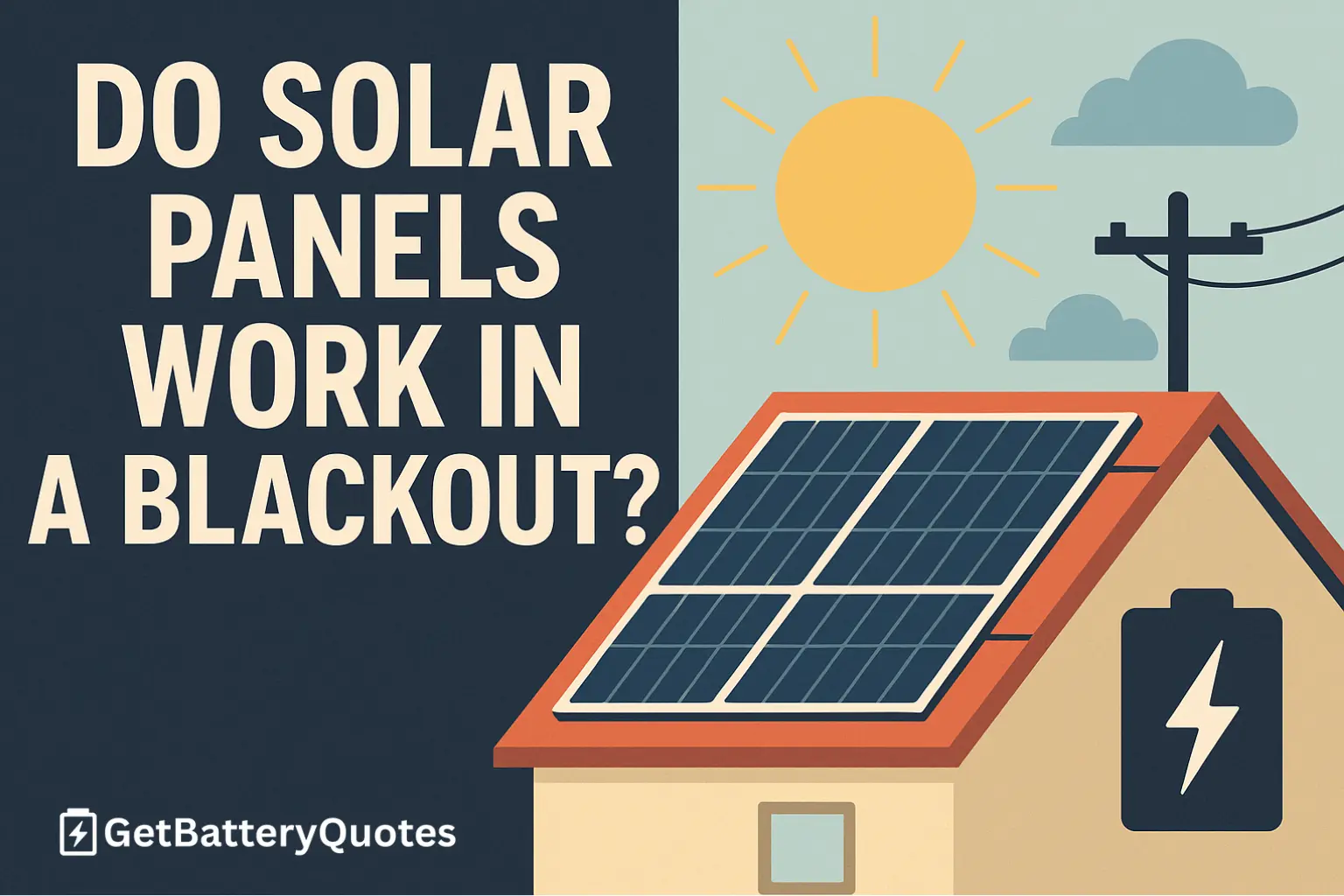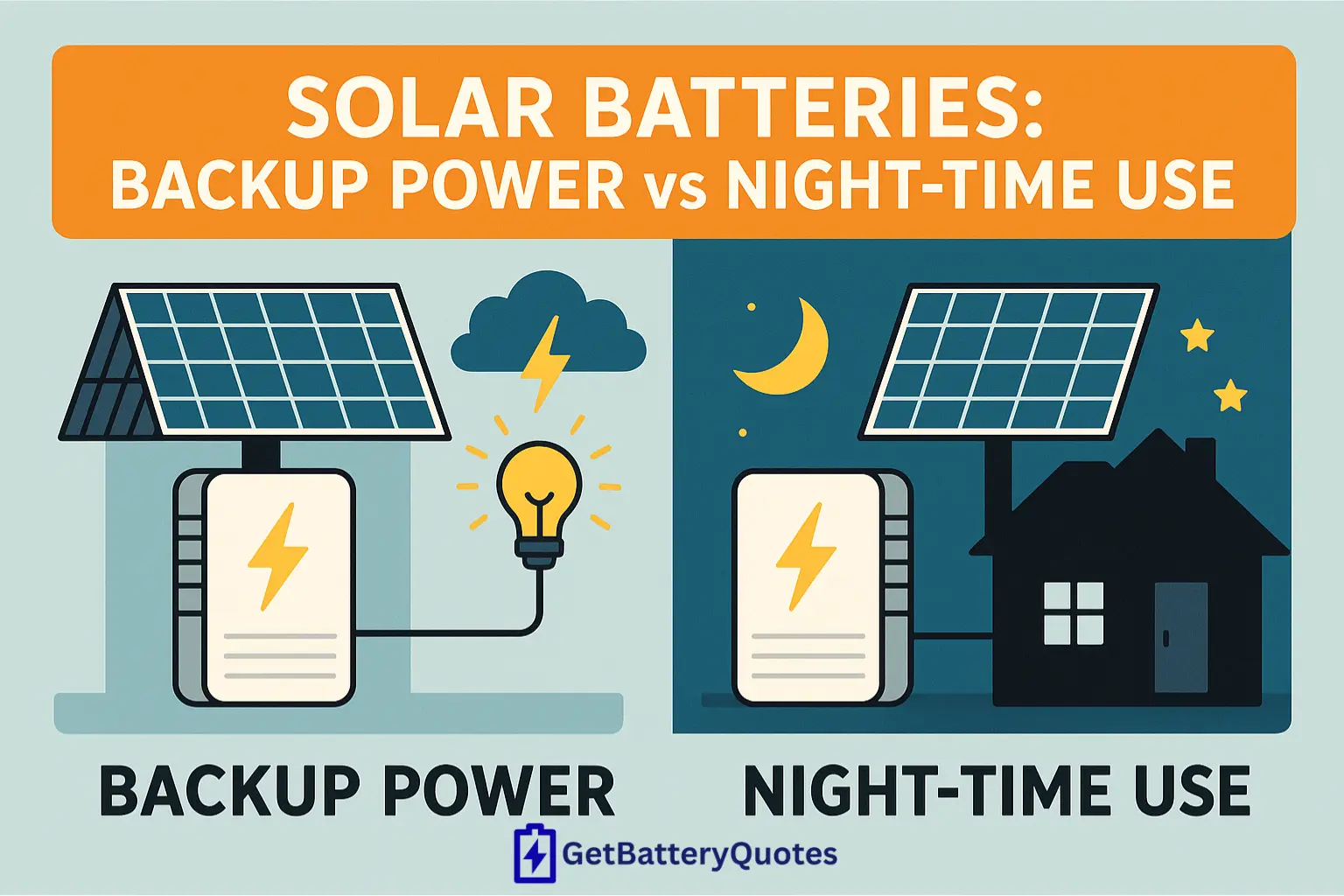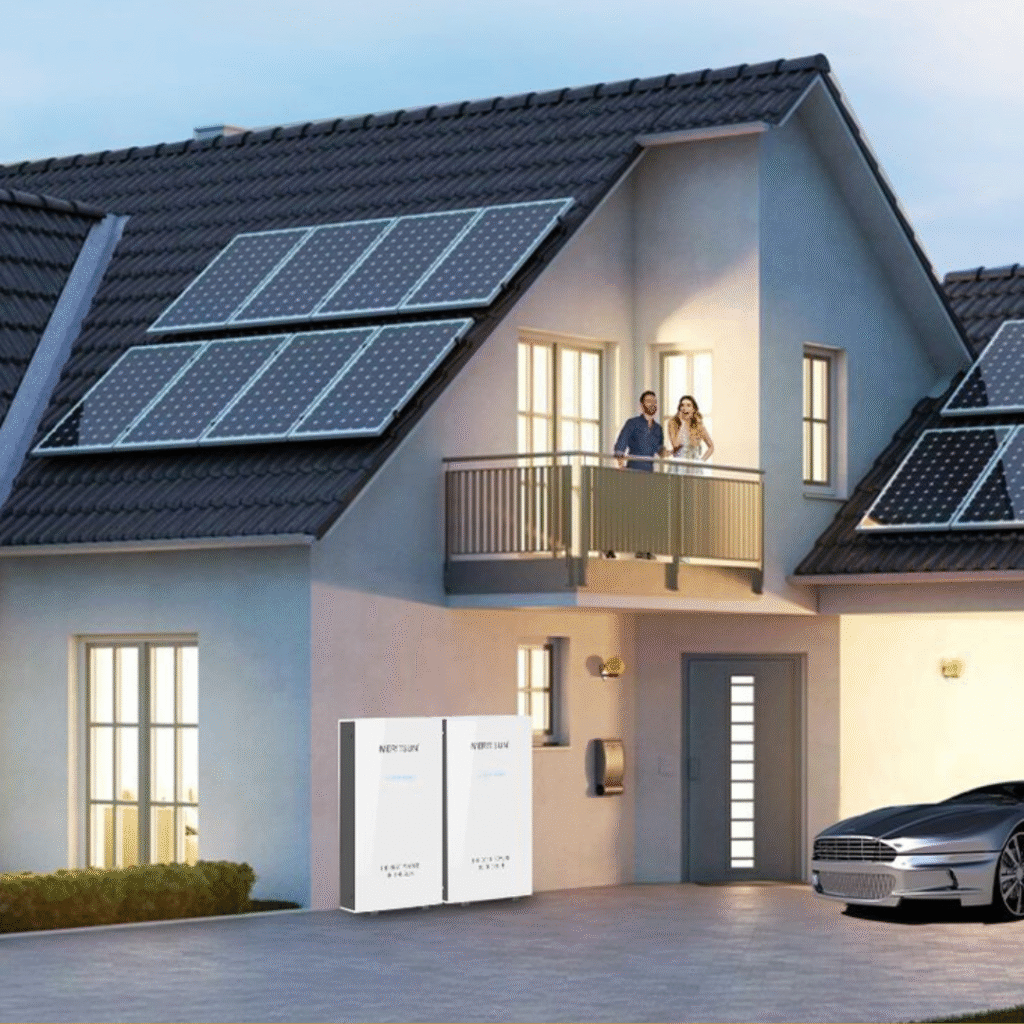A major update to Australia’s inverter standards is on the horizon and it could affect which systems are eligible for connection, rebates, or installation after 23 August 2025. If you’re a solar retailer, installer, or homeowner comparing quotes, now is the time to get across the AS/NZS 4777.2:2020 Amendment 2:2024 changes.
What’s Changing?
In August 2024, Standards Australia released an update to AS/NZS 4777.2, which governs how inverters must operate on the grid in Australia and New Zealand. The amendment known as Amd 2:2024 includes important updates to:
- Supply type terminology
- Generation limit control parameters
- Region C set points (this is a key one)
- Documentation and labelling requirements
- Rules around EV charging (Electric Vehicle Supply Equipment)
- Removal of certain battery-only product requirements (IEC 62109)
The updated standard officially comes into effect on 23 August 2025, following a 12-month transition period.
Why It Matters
To remain eligible for rebates and grid connection, inverters must appear on the Clean Energy Council’s approved product list. And to stay on that list after 23 August 2025, manufacturers must:
- Submit updated documentation confirming their inverters comply with the new Region C settings and other revised requirements under the new inverter product standards.
Failure to do so means that inverter model may be removed from the approved list, which could result in:
- Loss of STC or state rebate eligibility
- Grid connection rejection
- Non-compliance with local distributor or DNSP requirements
What’s the CEC Doing?
The Clean Energy Council (CEC) has already processed declarations from many manufacturers. As of now, more than 800 inverter models have been confirmed compliant and will remain on the list after the deadline.You can view the list of compliant inverter models here: 👉 Official List of Compliant Inverters (CEC) This table is updated regularly, so if you don’t see a particular inverter model listed, it may just be pending. Installers are encouraged to contact their manufacturers or importers directly if unsure.
For Installers and Retailers
If you’re quoting or installing solar inverters now that may be installed after August 2025, it’s critical to:
- Check if your inverters are already compliant
- Ask suppliers or inverter manufacturers for written confirmation if a model isn’t yet listed
- Consider quoting only approved inverter models that meet the new compliance standard
Keeping up with these solar inverter regulations in Australia is key to avoiding disruption to rebate claims or grid connection approvals.
For Homeowners
Not all inverters are created equal and some may become non-compliant if the manufacturer fails to update its documentation in time. If you’re getting quotes now but don’t plan to install until late 2025, ask your installer:
- “Will the inverter you’re using still be approved after August?”
- “Can you provide a model that already meets the new Clean Energy Council standards?”
If in doubt, request quotes that include CEC-listed inverters already compliant with the updated standard.
Final Word
These changes are part of the Clean Energy Council’s ongoing compliance standards to ensure safe, reliable inverter certification in Australia. For solar installers, staying up to date with the inverter product listing process is essential to meet Australian solar inverter standards and maintain access to the CEC approval program. Make sure your inverter is future-compliant and if you’re not sure, talk to your installer or request a quote through GetBatteryQuotes. We only work with trusted providers using Clean Energy–approved systems.
We have published details of these here.

